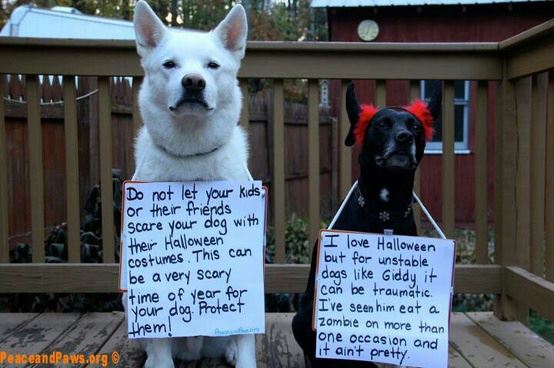A Guide to Halloween for Dog Owners:
CANDY
Certain types of chocolate are very toxic to dogs. The chemical causing toxicity in chocolate is theobromine (a relative of caffeine). The darker, more bitter, and more concentrated the chocolate is, the more dangerous it is. Many sugarless gums and candies contain xylitol, a sweetener that is dangerous to dogs. When ingested, even in small amounts, it can result in a life-threatening drop in blood sugar or even liver failure. Raisins and grapes are often overlooked as one of the most toxic foods to dogs, and can result in kidney failure. Make sure you brush up on your dog's "Leave it" and "Drop it" Commands before Halloween in case you find them with candy. Also, be sure to talk to your children about the dangers of candy for dogs (just because WE know it is dangerous, doesn't mean our kids do!). And of course, do all that you can to keep these poisons out of reach in the first place!






 RSS Feed
RSS Feed